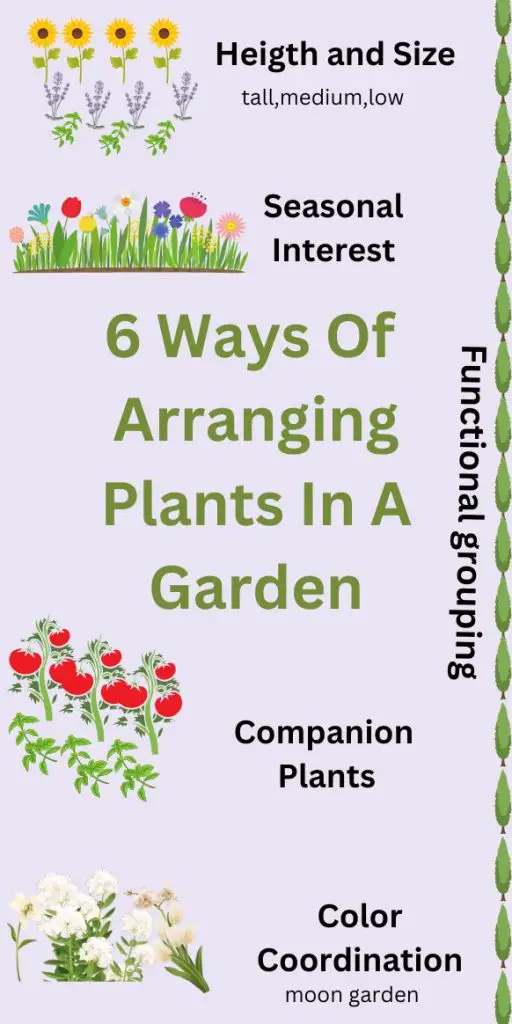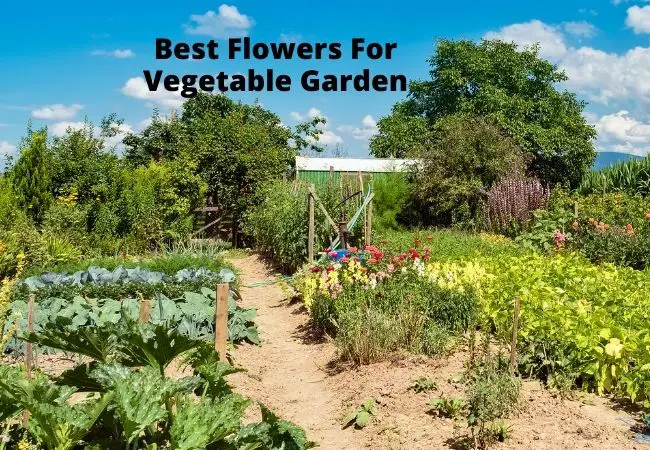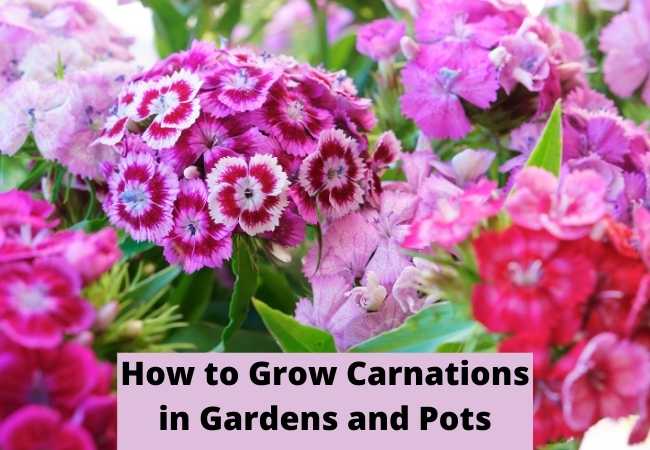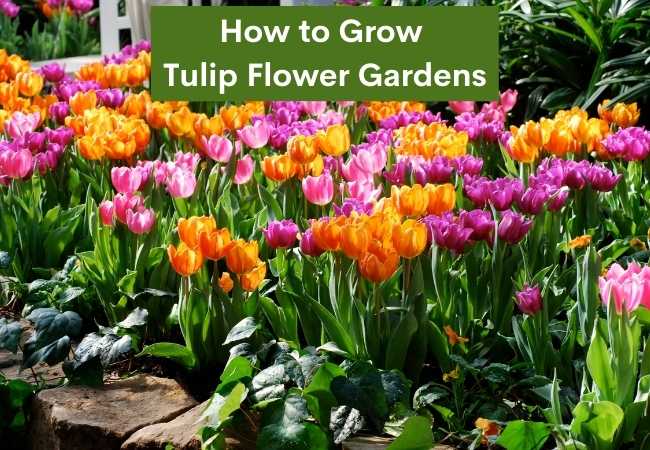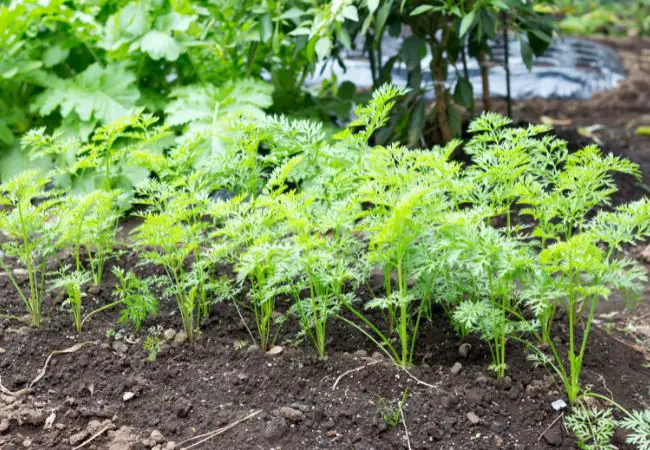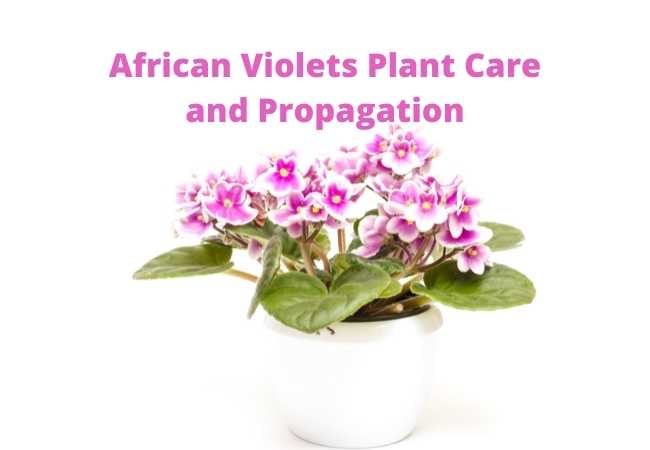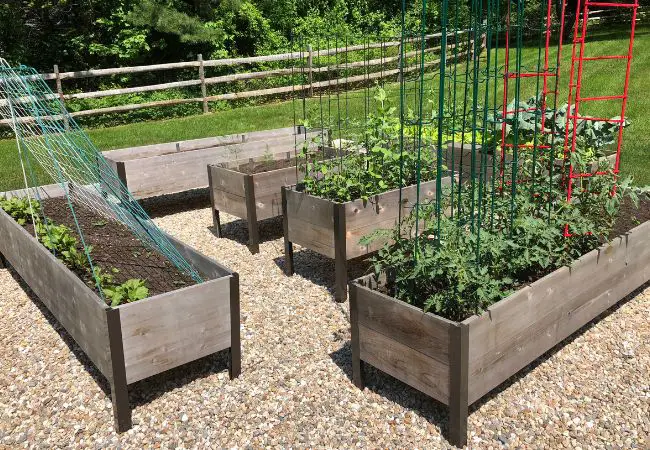6 Ways of Arranging Plants in a Garden
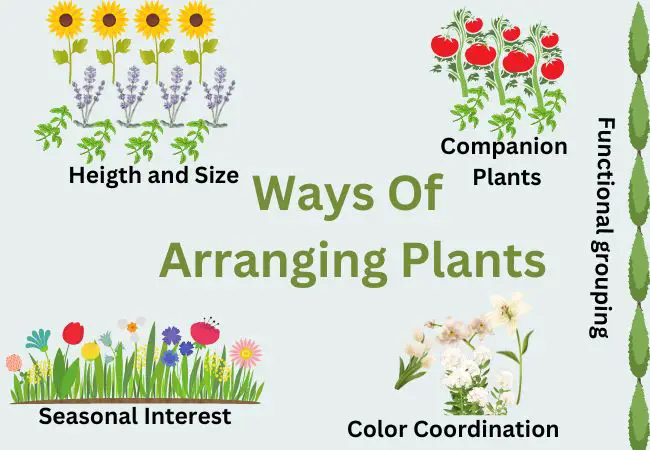
These simple ways of arranging plants in a garden will not only enhance the beauty of your outdoor space but also creates a harmonious and visually appealing environment.
Simple Ways of Arranging Plants in a Garden
Thoughtful plant arrangements can transform a mundane garden into a captivating oasis.
By considering factors such as height, size, color coordination, texture, form, seasonal interest, and functionality, you can create a garden that delights the senses and brings joy throughout the year.
In this post, I will explore five simple ways I follow to arrange plants in my garden to help me create a stunning and well-organized outdoor haven.
Grouping Plants by Height and Size
One of the fundamental aspects of arranging plants in a garden is considering their height and size. By grouping plants based on their vertical growth and dimensions, you can create depth and dimension, adding visual interest to your garden.
Tall plants such as sunflowers or hollyhocks can be placed at the back of the garden beds, while medium-sized plants like roses or lavender can be positioned in the middle.
Low-growing plants like groundcovers or herbs can be placed at the front, forming a pleasing layered effect. This arrangement ensures that all plants receive adequate sunlight while allowing their unique features to shine.
Color Coordinating Plants
Color plays a crucial role in garden design, and coordinating the colors of your plants can create a captivating visual impact.
Choosing a color scheme, such as complementary colors (opposites on the color wheel) or analogous colors (adjacent on the color wheel), can help create harmony and balance in your garden.
For example, pairing purple flowers with yellow or orange foliage can create a vibrant and eye-catching display.
Additionally, you can create a focal point by placing plants with bold, contrasting colors against a backdrop of more subdued hues.
You can also have same-colored plants and flowers occupy just one section of the garden. For example, you can have all white flowers planted in one section for your moon garden.
Arranged By Texture and Form
Incorporating plants with different textures and forms adds another layer of interest to your garden. Mixing plants with varying leaf shapes, sizes, and textures can create a visually appealing contrast.
For instance, combining feathery ferns with broad-leafed hostas or spiky yuccas with round-shaped shrubs can create a dynamic and engaging garden.
Additionally, incorporating plants with unique forms, such as cascading vines or sculptural succulents, can serve as focal points and add a sense of drama to your garden design.
Arranged By Seasonal Interest
To ensure your garden remains captivating throughout the year, consider arranging plants based on their seasonal interest. Select a variety of plants that bloom or exhibit colorful foliage during different seasons.
For example, plant daffodils or tulips for vibrant spring blooms, and incorporate summer-blooming roses or hydrangeas for a burst of color.
Embrace the fiery hues of autumn with plants like Japanese maples or ornamental grasses, and add evergreen shrubs for winter interest.
By strategically arranging plants with staggered bloom times, you can maintain a visually appealing garden regardless of the season.
Considering the growing season of the different plants will ensure that you will not have a sad-looking section of the garden at different times of the year.
Arrange By Functional Groupings
In addition to aesthetics, consider the functionality of your garden when arranging plants. Grouping plants based on their purpose can help create functional zones within your outdoor space.
For instance, plant tall trees such as boxwood or erect trellises to provide shade and privacy in seating areas.
Create a separate section for culinary herbs or vegetables, making it easy to access fresh ingredients while adding visual interest to the garden.
By considering the practical aspects of your garden, you can design a space that not only looks beautiful but also serves your specific needs.
Arrange By Companion Plants
You can also arrange your plants based on what their best companions are in the garden. This type of arrangement may not be visually appealing but it’s functional.
Such arrangements are not only beneficial to the plants that are growing but can also be beneficial to the soil.
Some companion plants can also be used either to attract different pollinators or to repel certain pests.
For example, planting basil next to tomatoes helps repel thrips as well as disorient moths which would negatively affect the tomato plants.
Final Thoughts on Arranging Garden Plants
Arranging plants in a garden is an art that combines creativity and practicality. By considering factors such as height, size, color coordination, texture, form, seasonal interest, and functionality, you can create a visually stunning and well-organized outdoor haven.
Remember to experiment and find your personal favorite arrangements. In some of the seasonal plants, I like to mix things around until I find what works best for me and my garden.
I hope this post on ways of arranging plants in a garden was informative and helps you arrange your garden better. Please follow me on Multigardening Pinterest for more awesome gardening pins.
